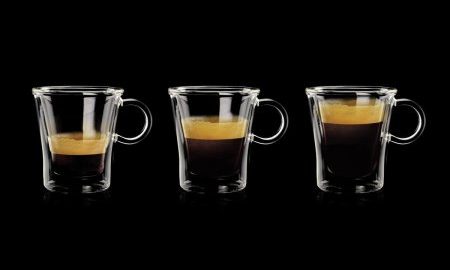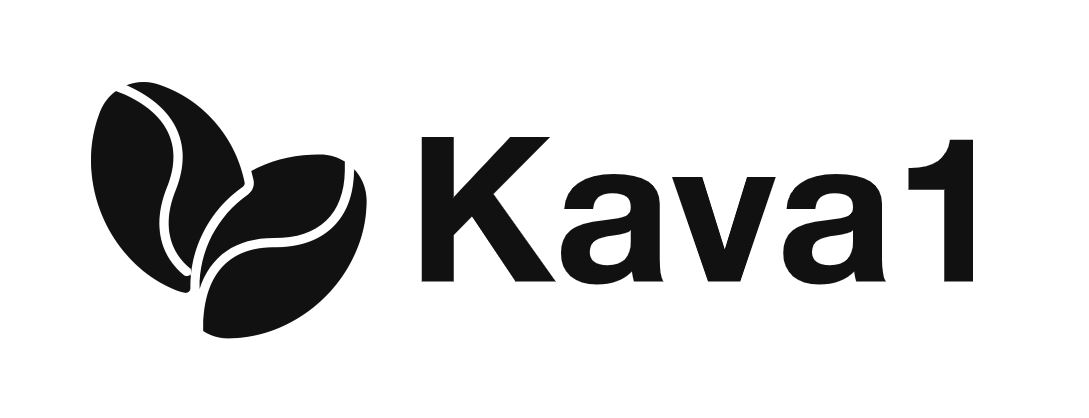Blogs
SHORT, LONG AND RISTRETTO COFFEE: WHAT ARE THE DIFFERENCES?

Think you know everything there is to know about the delicious world of coffee ? Or are you a lover and taster but want to deepen your knowledge? Well, in both cases we need to start with the ABC, or with a fundamental distinction : the difference between short, long and restricted coffee . In practice, this difference is quite crucial in Italy, the country where the coffee ritual takes on a symbolic key of a certain value. In reality we will not face the perennial debate on which is the best coffee option but we will focus on the peculiarities of each one , tracing the reasons why some prefer it long and diluted while others prefer it short or restricted.
Let’s start with the small coffee
Regardless of the quantity of coffee, when you have the pleasure of tasting a quality one, the differences will diminish because the intense aroma and flavor will embrace the palate and warm the spirit. Ristretto, however, is the perfect synthesis between immediacy and taste in a drink concentrate of less than thirty millimetres. The more experienced will prepare it with ad hoc ground coffee, of the ideal thickness to concentrate all the aroma and taste of good coffee in half a cup . For the restricted coffee you should proceed with hot water but not close to boiling, for a pressure of at least 9bar.
This will bubble up through the coffee powder, giving life to the tasty extraction . Through this instantaneous process, the machine literally extracts the aroma and flavor from the coffee powder, flowing into the cup ready to be enjoyed. A good ristretto does not only depend on the quality of the coffee but also on the granulometry of the powder and the freshness of the blend. This is measured through the quality of the roasting and that of the water which, combined together, give life to an excellent restricted coffee.
The difference is given by the extraction time
In any case, the art lies in getting the contact time between water and coffee right , i.e. the extraction process that gives life to the drink. Generally if for a standard espresso this is between twenty and thirty seconds for a restricted coffee the time should be just under half . In this way you will obtain an intense and structured coffee, creamy and rich in caffeine to be enjoyed without too many distractions such as sugar, biscuits or chocolates . On the contrary, it is preferable to cleanse the palate with a drop of water and prepare it to welcome the gustatory intensity of the restricted coffee.
Is the ristretto a short coffee?
At this point you may be wondering what are the differences with the short coffee which, according to the pure meaning of the words in Italian, could be the same thing. Right? No, wrong! Short coffee is used as a synonym for restricted coffee but, in reality, it implies a slightly different drink. We could say that it is halfway between the traditional espresso and the restricted one but, unlike the latter, it admits the use of a pinch of sugar to sweeten the robustness.
Obviously it’s always a matter of taste because, generally, this should be less intense than the restricted coffee but more concentrated than the traditional one. When you want a short coffee, therefore, you may want many different varieties regardless of personal tastes. Anyone who works in a café knows that every customer has an ideal coffee in mind , especially when they become regulars. So we can say that the short coffee is the drink with variable quantities that satisfies the expectations and tastes of the drinker, halfway between the normal espresso and the ristretto.
…and the long coffee?
Long coffee is the least popular variant due to a series of false beliefs. First of all, a long coffee does not coincide with a diluted coffee, which certainly has an unpleasant taste and is richer in caffeine . This incorrect practice involves a greater extraction process for which a decidedly more bitter and more concentrated caffeine drink arrives in the cup. That’s why the risk of maintaining the extraction for more than 30 seconds gives life to unpleasant, poorly digestible substances with an unpleasant burnt aftertaste. A long coffee made in this way, therefore, is the most wrong thing you can do, especially for healthof those who drink it. On the contrary, long coffee should be served in the cup normally but with the addition of boiling water. The recipient will decide how much water to add and at what temperature to drink it. Only in this way does the coffee in the cup remain fragrant and balanced in its thirty millimeters of goodness. This is an exquisitely Italian standard given that, in the rest of the world, coffee served with water on the side is understood as “Americano”. Nonetheless, long coffee is often made by increasing the seconds of extraction. That’s why when you get the chance to ask for a long coffee , we suggest you ask for an espresso with hot water on the side, which is definitely tastier and healthier.
Let’s dispel one last myth: caffeine
How much caffeine is in a cup of good coffee? Contrary to what is generally believed, the drink in which the greatest quantity of caffeine is present is not the espresso, nor the restricted one but, rather, the long one.
As we have just explained, long coffee is subjected to a longer-lasting extraction process and, therefore, the amount of caffeine that will end up in the cup will be almost double. To be precise, however, you must consider that the amount of caffeine also always depends on the type of blend, the variety of coffee and the machinery used for preparation. We will answer this question in more detail in our focus on the amount of caffeine contained in coffee.

